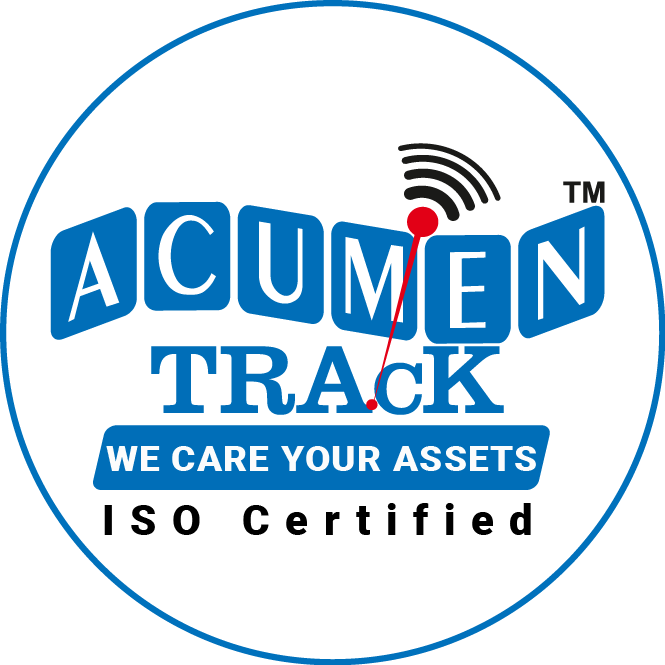
Benefits of Having an Automated Fleet Management Solution
Few words instill more anxiety in the heart of a fleet-based business manager than “traditional tracking.”
Already, fleet management takes a great deal of time, documentation, and attention to detail.
Traditional tracking takes hours, and sometimes you don’t have them. Even if you could, you still need to be able to fill your time with activities other than processing payroll, keeping track of vehicle upkeep, and pulling fleet operations data.
You may assist by automating your fleet management chores.
Can you automate that? What does automation mean for fleet management?
Intelligent software, trackers, and other technology are used by automated fleet management systems to do duties with the least amount of human intervention.
Automated systems for fleet management can assist you with training drivers, monitoring their behavior, controlling fuel use, maintaining upkeep schedules, and much more.
For instance, you can schedule personalized fleet status reports to appear on a regular basis in your email at the ideal moment and be immediately useful. These progress reports could consist of:
You can also program SMS or email notifications for various fleet-related events, such inattentive driving, departures and arrivals from geofenced areas, and more. A few examples of these warnings could be:
When there is hard braking, speeding, or driving
Entry or exit from the geozone
When a GPS tracker is disconnected
When maintenance is necessary
Movement after hours
Being aware of these events in real time gives you the ability to act when necessary. You can also find minor, data-driven approaches to eliminate “leaky” processes and increase efficiency with the aid of these reports and warnings; these actions can have a big impact over time.
Time cards that are virtual
reports on maintenance
Arrival and departure reports for Geofence
provoking incidents
hours of the engine
What was the outcome? You’ll be able to monitor the amount of time your technicians spend on-site, cut down on time card padding, and get exact insight into how your drivers utilize your cars.
